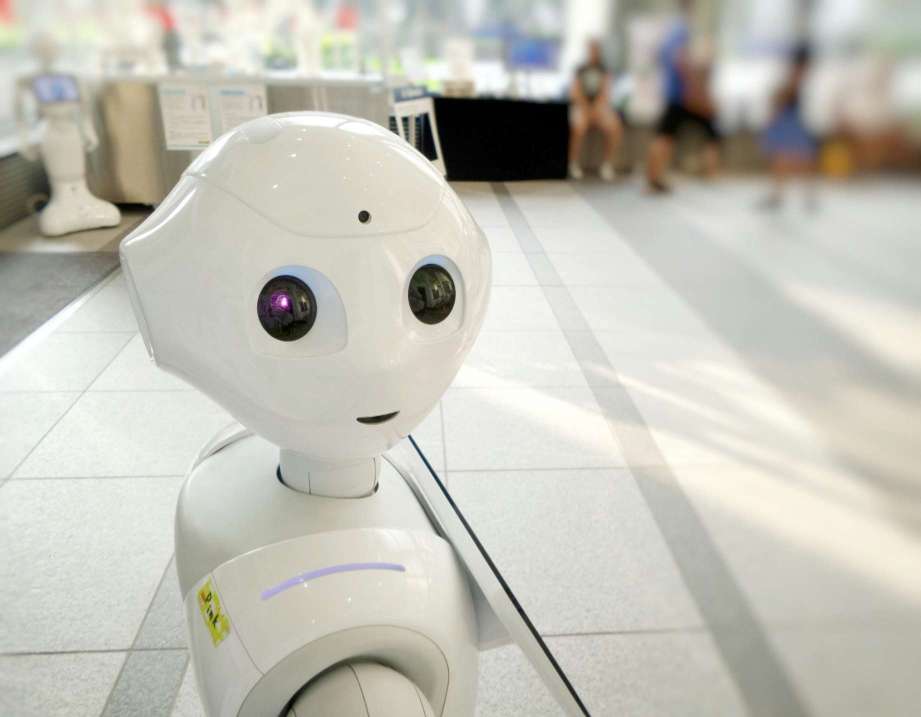
Robotic Process Automation (RPA) – Is Your Job at Risk?
5 min read
13 Jul 2025
Robotic Process Automation (RPA) is rapidly transforming industries by automating repetitive tasks traditionally performed by humans. This article delves into the impact of RPA on jobs, the benefits and challenges of automation, and how individuals can adapt to the evolving landscape of work.
Understanding RPA
RPA involves using software robots or "bots" to automate routine, rules-based tasks such as data entry, processing transactions, and generating reports. These bots mimic human actions in digital systems, operating round the clock with minimal supervision and high accuracy.
Impact on Jobs
While RPA enhances efficiency and reduces operational costs for businesses, it raises concerns about job displacement. Tasks that are repetitive and rule-based are susceptible to automation, potentially affecting roles in data entry, customer service, and basic accounting.
Benefits of RPA
Efficiency: Streamlining processes and reducing errors through consistent and faster execution of tasks.
Cost Savings: Lowering operational costs by minimizing manual labor and increasing productivity.
Scalability: Scaling operations seamlessly to handle increased workload demands without proportional increases in human resources.
Accuracy: Improving data accuracy and compliance by reducing human error in routine tasks.
Challenges and Considerations
Job Displacement: Addressing concerns about the impact of automation on employment and reshaping workforce dynamics.
Skill Enhancement: Upskilling and reskilling initiatives to prepare workers for higher-value, non-routine tasks that complement RPA technologies.
Integration Complexity: Managing the integration of RPA with existing IT infrastructure and ensuring compatibility with legacy systems.
Ethical Issues: Addressing ethical considerations such as job quality, employee well-being, and societal implications of automation.
Adapting to Change
Embracing Innovation: Leveraging RPA as an opportunity to focus on strategic initiatives and creative problem-solving.
Continuous Learning: Investing in lifelong learning and acquiring skills in areas such as data analysis, process optimization, and technology management.
Collaboration: Working alongside RPA tools to enhance productivity and efficiency in the workplace through human-robot collaboration.
Future Outlook
As RPA technology evolves, it is poised to complement human capabilities rather than replace them entirely. Organizations that effectively manage the integration of RPA with workforce strategies can achieve greater operational agility, innovation, and competitive advantage in the digital economy.

The AR Breakthrough That Will Make Blockchain Transactions Simpler Than Ever!
6 min read | 23 Sep 2025
How AI Is Making Blockchain Smarter and Safer – The Inside Scoop!
6 min read | 22 Sep 2025
The Big Tech Twist: How VR Is Set to Disrupt Blockchain Like Never Before!
6 min read | 21 Sep 2025
Unlocking the Power of AR: How Augmented Reality Is Set to Revolutionize Blockchain!
7 min read | 20 Sep 2025More Articles

Blockchain for Developers: Unveiling the Building Blocks of a New Era
7 min read | 21 Aug 2025

Investors Take Note: The Potential of Blockchain Investments
5 min read | 20 Aug 2025

Blockchain for Entrepreneurs: Building the Future of Business
5 min read | 19 Aug 2025

The Privacy Paradox: Balancing Security with Transparency in Blockchain
6 min read | 18 Aug 2025
More Articles

Robotics in Space Exploration: Building the Future on Mars
6 min read | 17 Jun 2025

Digital Identity Management: Ensuring Privacy and Security
5 min read | 16 Jun 2025

The Impact of Quantum Sensing on Scientific Research
5 min read | 15 Jun 2025

Emerging Trends in Natural Language Processing (NLP)
5 min read | 14 Jun 2025
